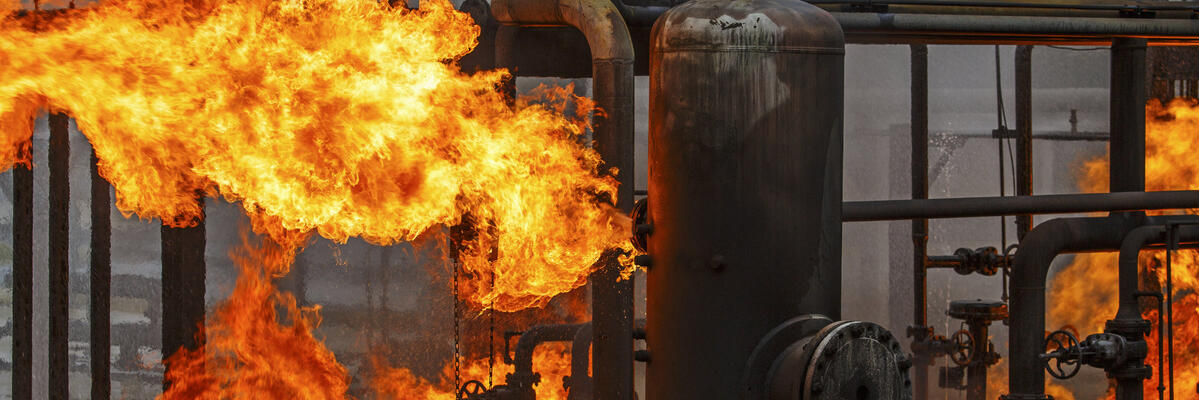Coalition Calls on White House to Require Disaster Prevention Policies
Over one hundred organizations have advocated for more than a decade for common sense safety standards that would require high-risk chemical plants to use safer available alternatives to eliminate catastrophic hazards. Today is the one-year anniversary of President Obama’s Executive Order on Chemical Facility Safety and Security (E.O.13650), which directs federal agencies to modernize chemical plant safety and security policies. The Coalition to Prevent Chemical Disasters released the following statement:
A year after the president signed an executive order to make our nation’s thousands of chemical plants safer to protect workers, first responders, and communities, very little has been accomplished. For example, the report to the White House from the executive order multi-agency Working Group postpones any new regulatory action for the next two and a half years (2016).
In April 2013, 15 people died and over 200 were injured when a fertilizer plant in West, Texas exploded, leveling an entire neighborhood and destroying schools. What happened at West is not unique; since the president took office, 75 people have died in chemical disasters.
The chemical industry, with their allies in Congress, has blocked reform at every turn. Now, for the first time in over a decade, our country has a chance to get it right.
Today, the U.S. Environmental Protection Agency (EPA) published the Request For Information (RFI) in the Federal Register [http://www.epa.gov/emergencies/eo_improving_chem_fac.htm], which offers the public a chance to get involved and demand action.
The administration should move faster by using authorities it already has to implement new prevention-based regulations within the next 18 months (2015):
- Put prevention first by requiring that chemical facilities use safer chemicals or processes wherever feasible;
- Prioritize protection of the most vulnerable populations, including workers, nearby communities and first responders;
- Modernize the OSHA Process Safety Management (PSM) standard, including continual safety improvements and the use of inherently safer technologies, and ensure that PSM facilities are registered in the EPA’s Risk Management Program;
- Where safer processes are not available, enhance funding for emergency response, emergency planning, evacuation and possible relocation of impacted communities;
- Ensure regular inspections of facilities, whistleblower protections for workers, and personnel surety provisions that protect workers’ rights.
Please contact the above-named people to reach labor, environmental justice, health, community and environmental leaders available to comment.
The Coalition to Prevent Chemical Disasters is composed of over 100 environmental justice, labor, public health, national security, and environmental organizations united in a call for President Obama and the Environmental Protection Agency to take action now to protect workers and fenceline communities through prevention.
CONTACT
Nick Sifuentes, BerlinRosen: 646-200-5321, nick@berlinrosen.com
Brian Gumm, Center for Effective Government: 202-683-4812, bgumm@foreffectivegov.org
Stephenie Hendricks, Coming Clean: 415-299-9510, stephdh@gmail.com
Jennifer Kim, New Jersey Public Interest Research Group (PIRG): 734-657-6959, jkim@njpirg.org
Joaquin Sanchez, EJHA/Los Jardines Institute: 917-575-3154, joaquin.sanchezjr@gmail.com
Erin Bzymek, BlueGreen Alliance: 202-706-6916, erinb@bluegreenalliance.org
Diana Ruiz, Greenpeace: 202-319-2495, diana.ruiz@greenpeace.org

